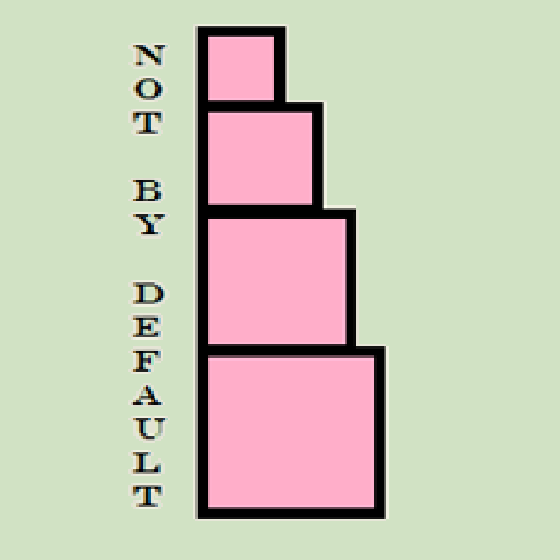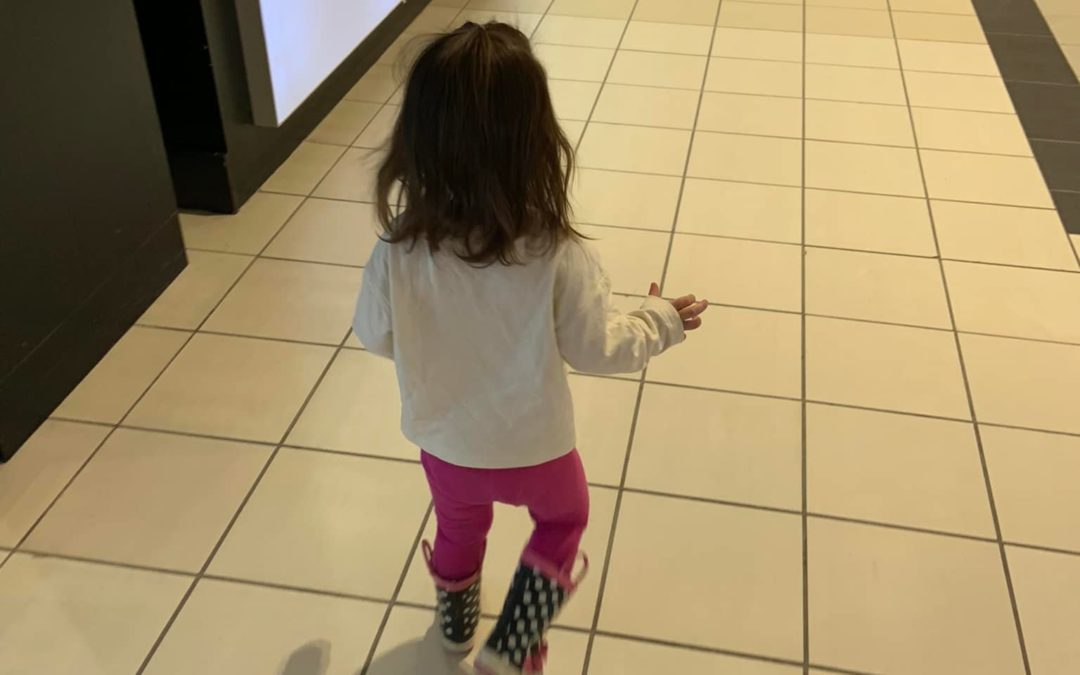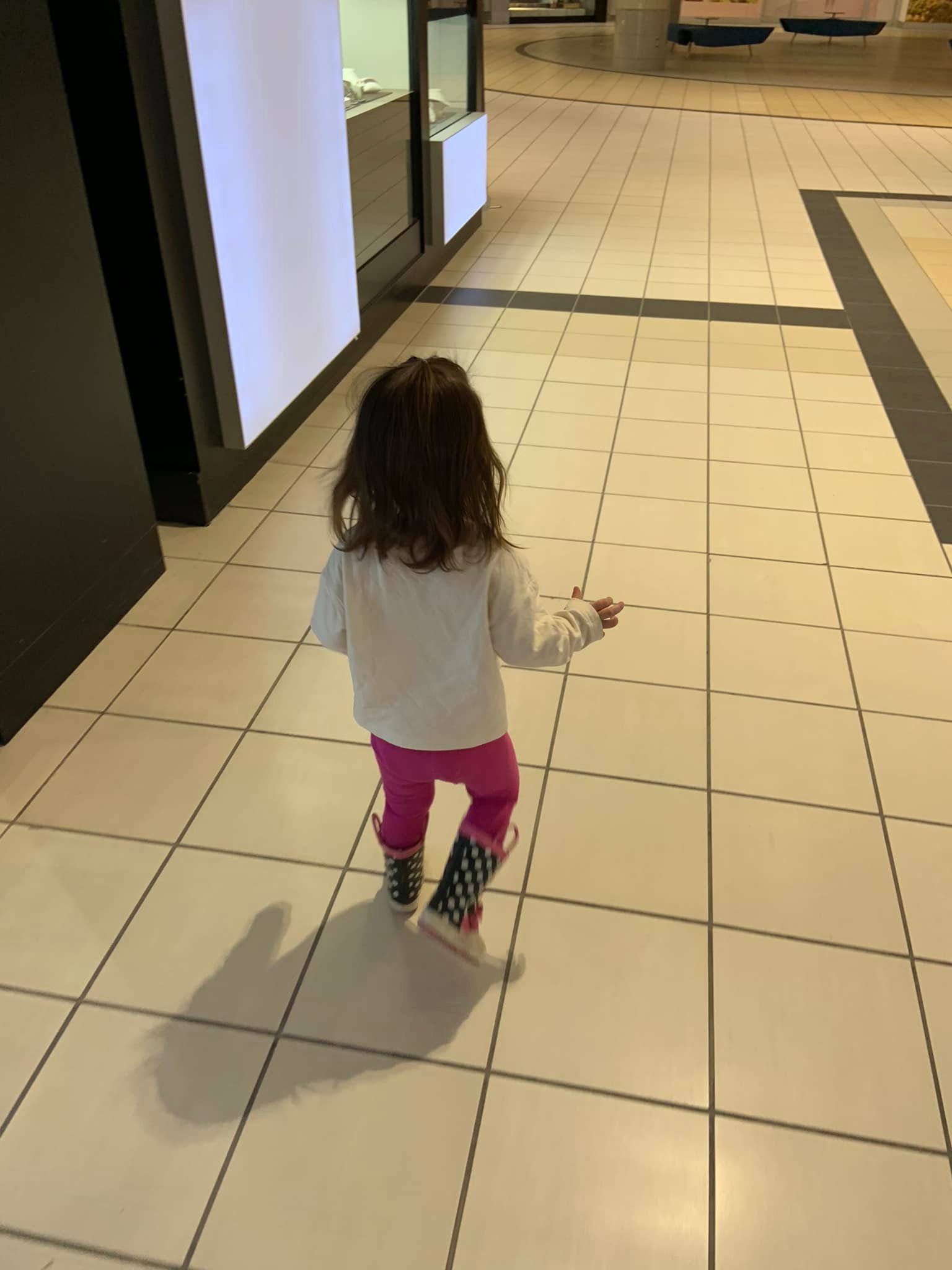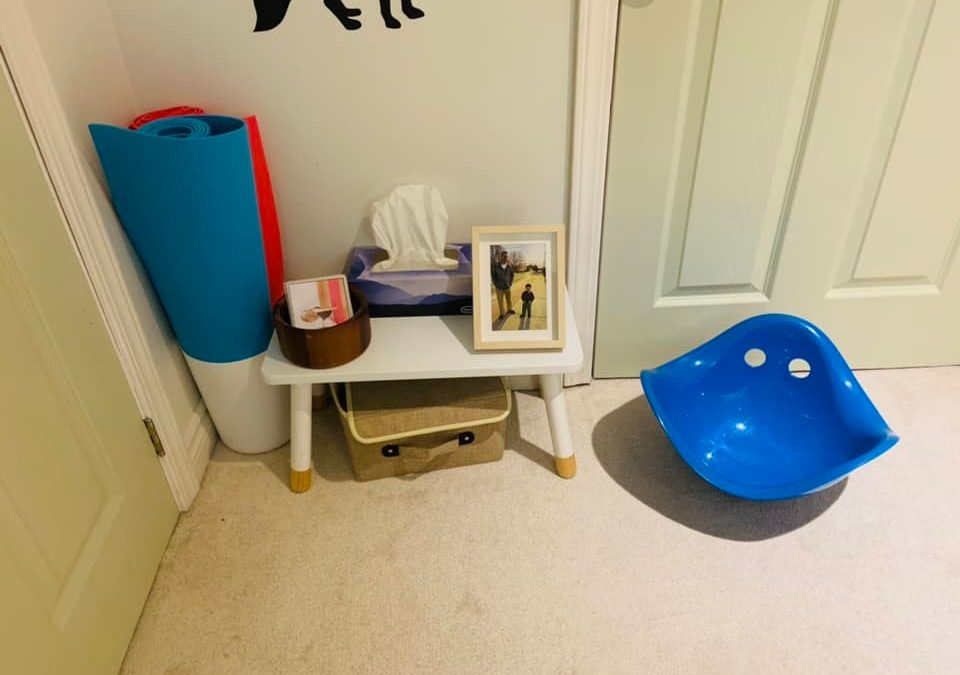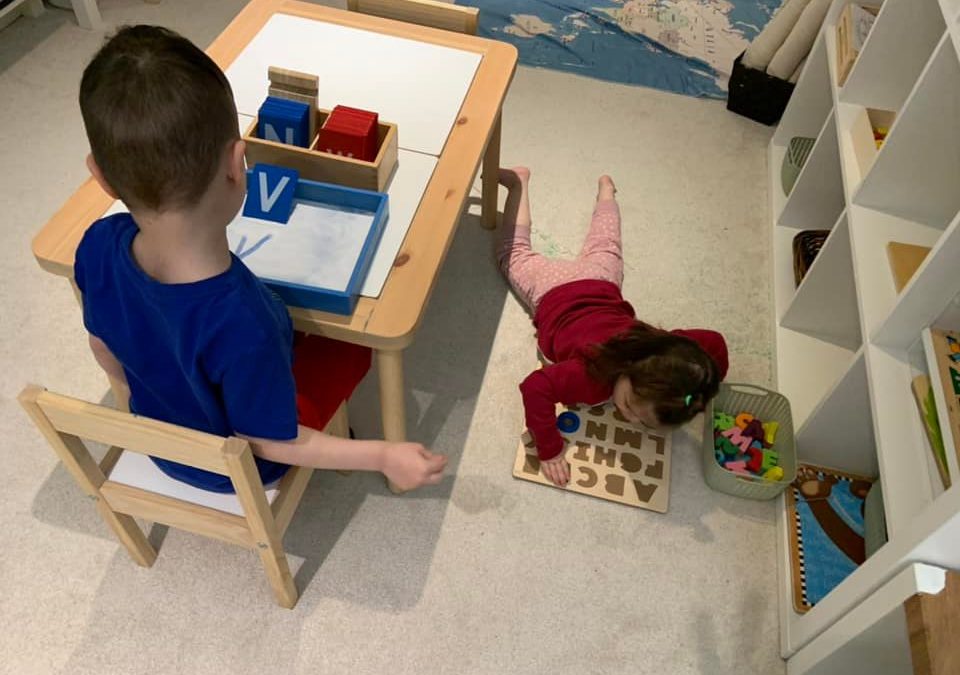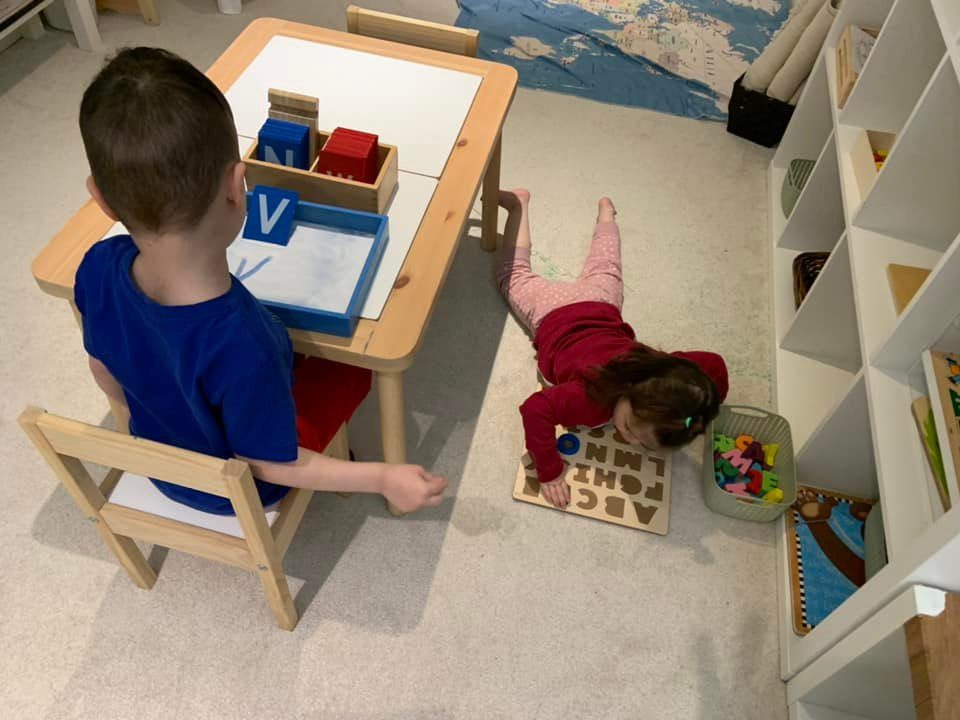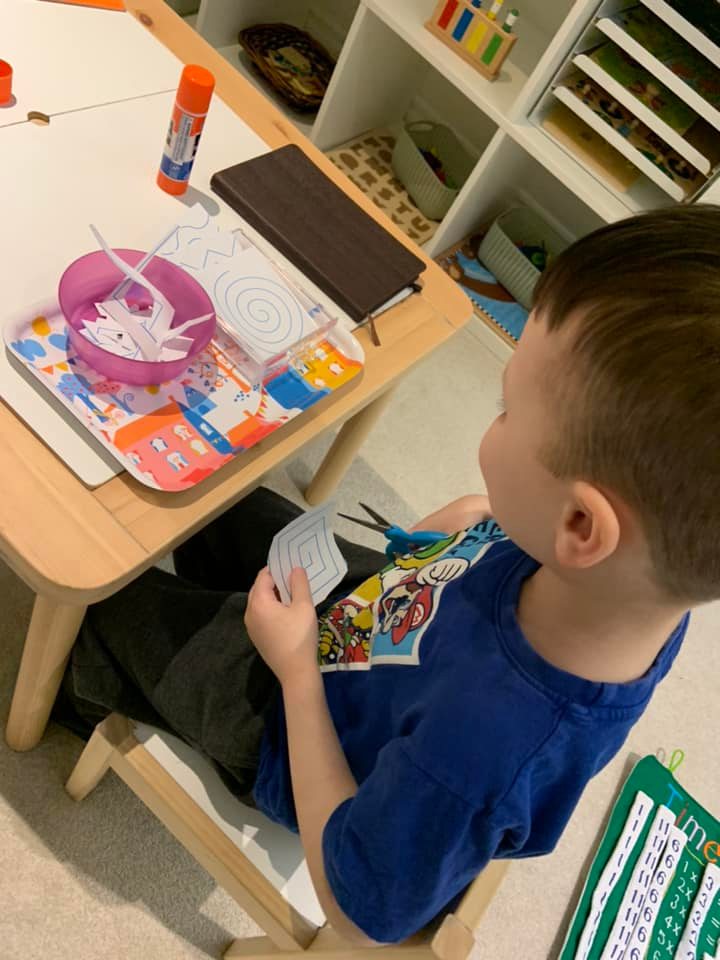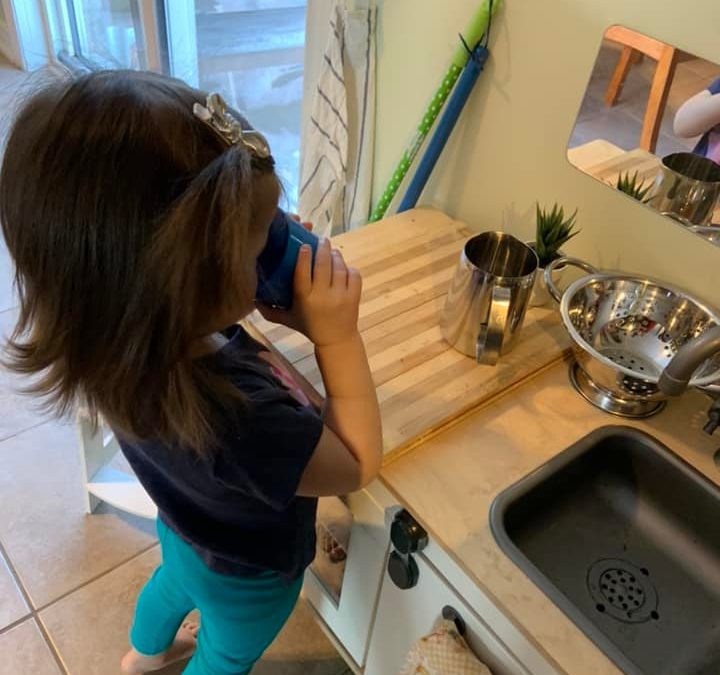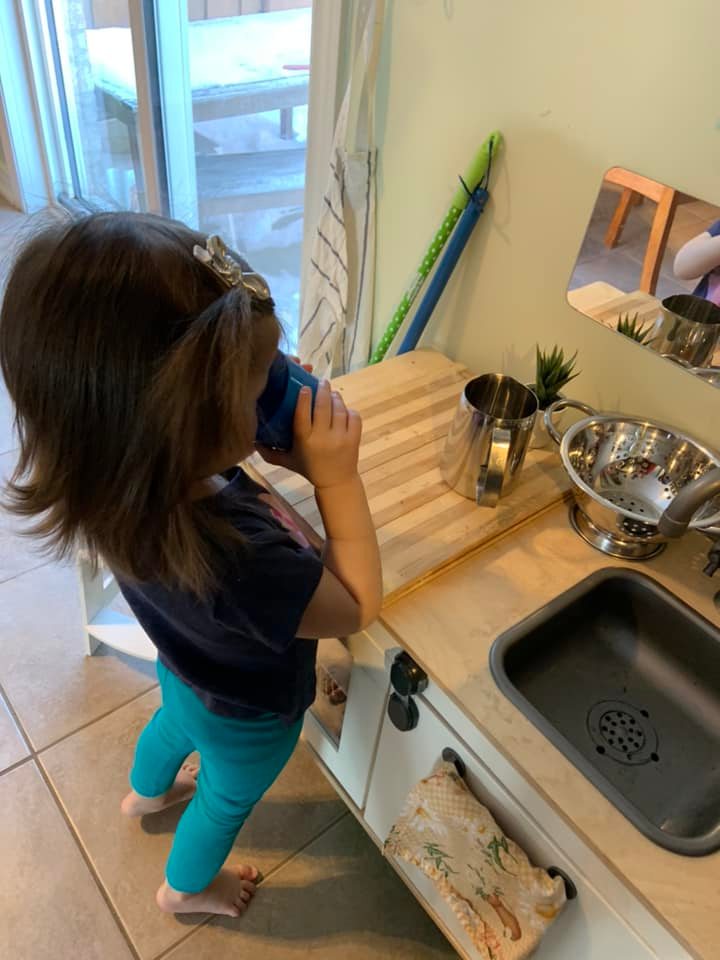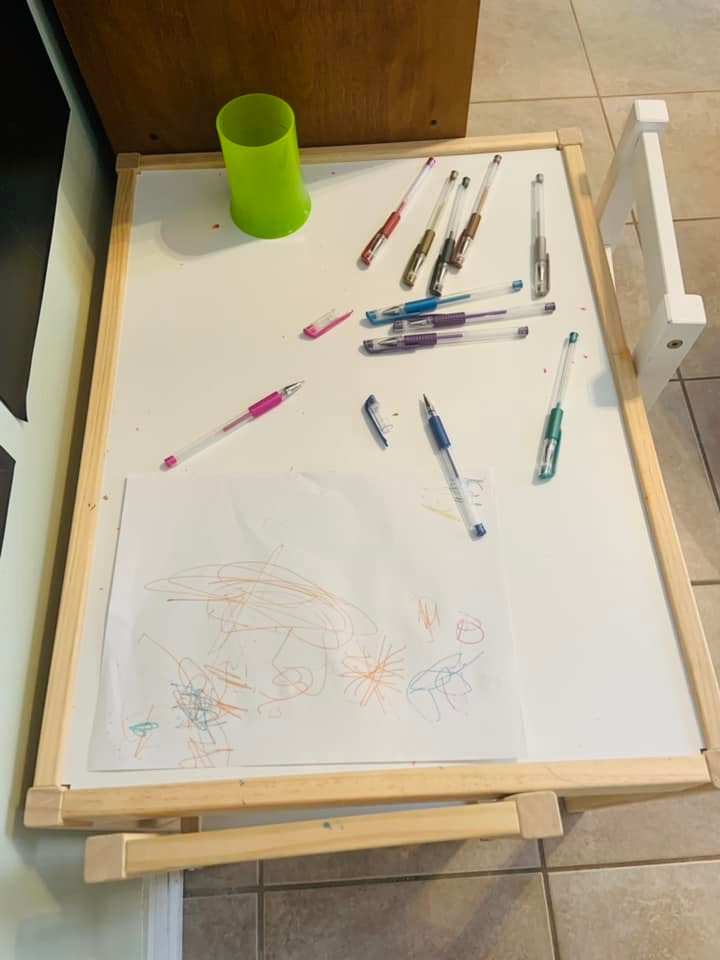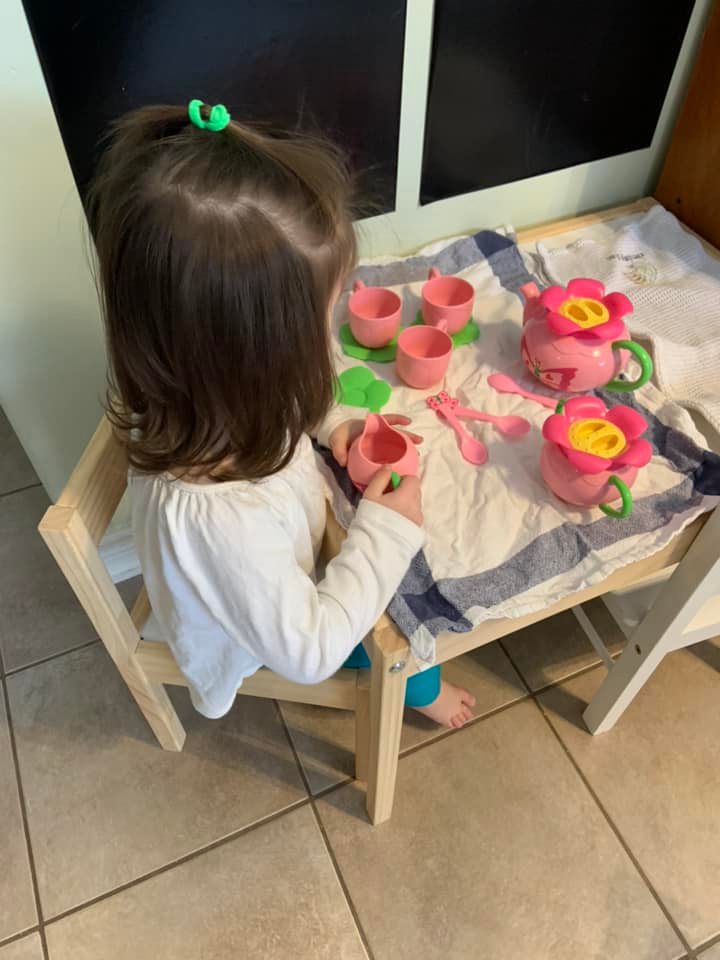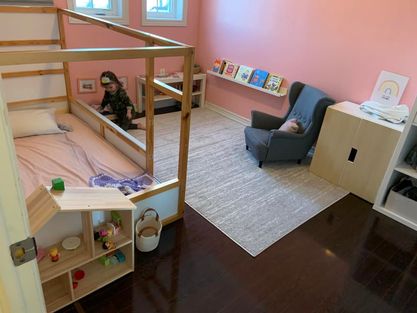
Updating the Montessori Toddlers Bedroom

A common discussion in many online Montessori communities surrounds how to prepare a toddlers bedroom in a Montessori manner. The comments are flooded withy pictures of Instagram perfect floor beds shaped like little houses and majority of the time the floor bed becomes the focal point of the conversation. It is true that in the Montessori home there will most likely be a floor bed in the toddlers bedroom, however it would have likely been there long before toddler hood. Something that seems to be forgotten about is the reason for the floor bed. The reason we should be setting up any piece of furniture in a young child’s bedroom. For the child to be able to independently access and use their furniture as they need to. I have seen comments asking if it was too late to move a five year old to a floor bed, or lamenting how their two year old screams to go back in the crib and I think in both cases the main point is being missed. You are doing this for the benefit of the child. A five year old will not benefit from moving their twin bed down to the floor, they can already access their bed just fine. A two year old who has been in a crib all his life, and who is a very strong period for order will be very shaken up if his sleeping arrangements are suddenly changed without his knowledge, understanding, or consent. I love the use of a floor bed, used them with both my children but it is really not about the bed, it is about making the bed accessible and useable. It is mostly for infants and young toddlers. I actually moved my son into a regular twin bed at twenty one months because he was already familiar with the boundaries of a bed and was a really tall guy. He was much more comfortable on a regular height bed, and he could access it just fine. It did not make his room any less Montessori based.

Ideally a child would start on a Montessori floor bed before they are mobile. Like this they become comfortable and learn to sleep on the bed before they learn to exercise the freedom that the bed affords them. It also means that the room is not changed up just when a child is becoming very sensitive to order and changes. Young toddlers do not usually like things to be changed on them, they also need to test boundaries and explore. This is not a great age to experiment with floor beds without understanding that it will come with some sleepless nights and frustration! If you do decide to change up a child’s room at this age, include them. Tell them what and why you are are changing things around. Have them help set it up, help clean it up. Surprising them often will be more negative than anything. If they are accustomed to cribs do not disassemble it until you know they are comfortable! We recently made a few small changes to Little Miss’s room as she is getting older (she just turned two!) We involved her in the changes, both my children helped set up her wardrobe, install her new lamp, and remove some of the toys she had outgrown. At the end of our efforts both children were proud and excited to use the space. I packed away the old toys in her closet just in case she suddenly felt the need to have them back and they will remain there a couple of months until I am sure she can part with them.
My main point in the post is just to remember the why. Why are you doing this? How can you make sure this goes as smoothly as possible? How can your child be involved in decisions and changes regarding their life?
